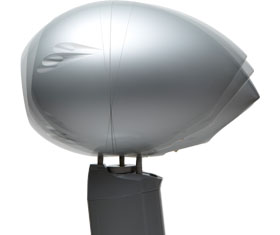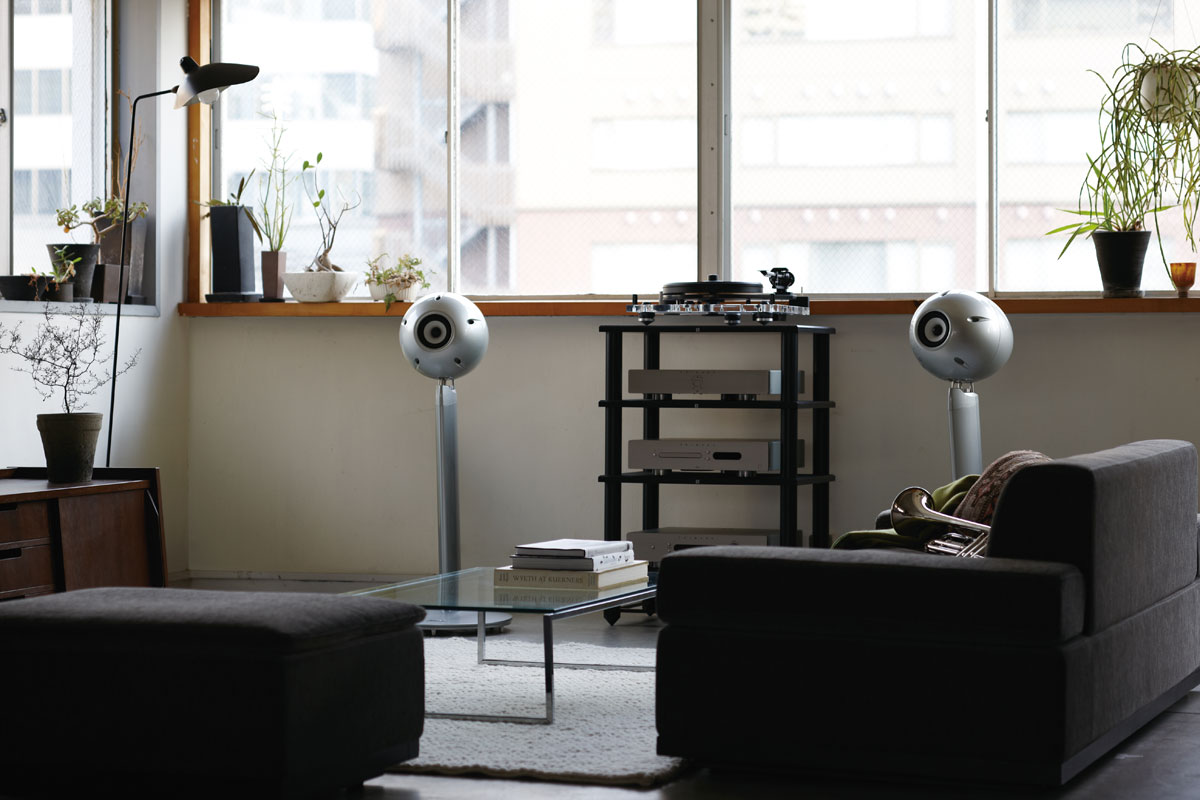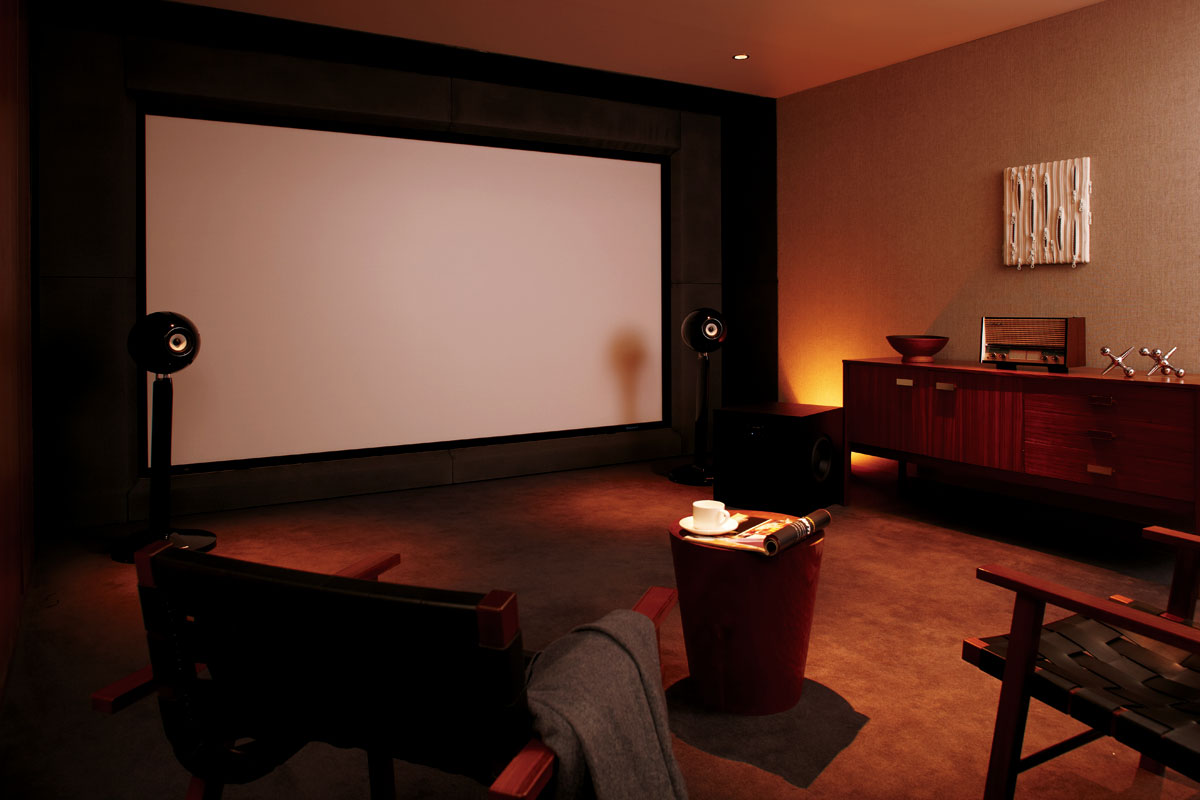Getting the best performance from your speakers
These speakers have an extended frequency response at both ends of the spectrum in comparison to their predecessors as well as an improved off axis response, so set up is all the more critical.
The starting point should be to ensure that the space around each speaker is right for the listening environment. A good guide for the distance between the speaker and the rear wall is approximately 75cm and the distance in from the side- walls 125cm.
The next consideration is to adjust the bullet spikes so the speakers are level enabling the heads to be mounted correctly on the stands. It is important to make sure that the angle of each head unit to the listener is the same for each speaker. A range of angle adjustment is -10 to 15 degrees.
A final check should be carried out to make sure that as well as being level; the speakers are mounted firmly to the floor to eliminate any movement. After the initial set up has been completed, it is best to run the speakers for an hour or so before making any adjustment to the placement.
By fine-tuning the distance to the rear & side- walls, performance can be adjusted to suit personal preference. It is really a balancing act between the imaging and sound stage that the speakers produce versus the bass weight you want to achieve.
There will be a difference in the ultimate performance available due to the room itself as much as the partnering ancillaries, not least whether the room has a solid or suspended wood floor. If the structure of the listening room has so much wood that it is absorbing the bass output and making the sound too lean, it is worth considering adding the TD725SW.
Despite these speakers appearing to be relatively inefficient at 84db they do not require as much power from an amplifier as there is no crossover as such to impede the signal.
A high quality amplifier of 25>50 watts rms output will be sufficient for most rooms. In fact the speed and quality of the amplifier is more important than the ultimate power output. As with all good systems the source whether it be analogue or digital should be of the highest possible quality.
With regard to cables it is always best to stick to products from the same manufacturer to keep the integrity of the signal transfer through the system. Personal preference will probably be a more significant consideration with cables than with other elements of the system, but we would suggest investing in products from a recognised manufacturer so the performance is guaranteed.
For detailed information, you can visit the "download" section of our website to obtain a copy of the dedicated product manual.














